Digging hard for clues to the past

Over the past two decades, Mei Yalong has participated in excavations at many archaeological sites and fixed more than 5,000 broken artifacts. He is a field technician with the Changxing Taihu Museum in Huzhou, Zhejiang province.
Doing most of the hard work during digs and the extraction of relics, a field technician assists archaeologists in various activities to find and identify artifacts and historical remnants.
"Relics are priceless. They are the clues to unfolding the mysteries of the past, and our duty is to find and protect them, and be a guardian to Chinese cultural heritage," Mei, 50, says.
Receiving his senior high school diploma in the 1990s, Mei had not thought of archaeology as a career option.
In 2001, he was coincidentally hired by the Tianjin Museum as a helper for its archaeology team. Although without much idea about archaeology back then, he was attracted to excavation, a hard process but rewarding.
In 2002, Mei followed Wuhan University's archaeology team to Badong county, Hubei province. There they discovered and excavated the Jiuxianping Ruins of the Song Dynasty (960-1279) by the Yangtze River.
In 2003, he became a field technician at the Zhejiang Provincial Institute of Cultural Relics and Archaeology. In 2007, his wife, Yi Xiaoling, was also hired by the institute. In 2013, Mei joined the Changxing Taihu Museum.
It is a job that is both physically and mentally challenging. After a painstaking dig, it is amazing to see how a fragment of bone, a piece of clay or an ancient coin unearthed can bring out the item's history, Mei says.
Besides the digs and assisting with fieldwork, Mei does some dayto-day activities, such as photography and sketching of relics, mapping of sites and searching for resources.
In 2005, Mei worked at the Qiliting site in Changxing county, Huzhou, for more than a year. The excavation found more than 800 stone artifacts, which indicated early human settlement in the region.
His sketches of the relics and site maps were used in related reports and books.
One day in August in 2012, when sketching a round stone axe unearthed from the Zhuangqiaofen site in Pinghu, Zhejiang, Mei found some signs faintly carved on the item, which might be the characters used by ancient people. That was a moment when, Mei says, he felt the charm of archaeology in connecting the present and the past.
Dating back some 4,000 to 5,300 years, the site turned out to be one of the largest tomb areas related to the Liangzhu Culture of the Neolithic period yet found.
Like Mei, many field technicians provide technical support to professional archaeologists in locating, identifying and excavating relics. While the technicians may not be seen as the main professionals at such sites, they play a key role in this field.
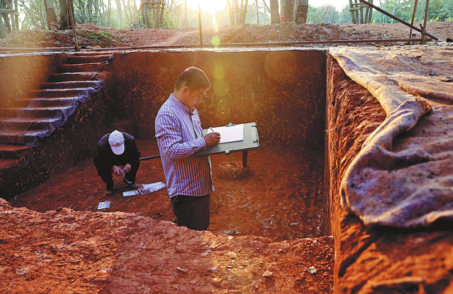
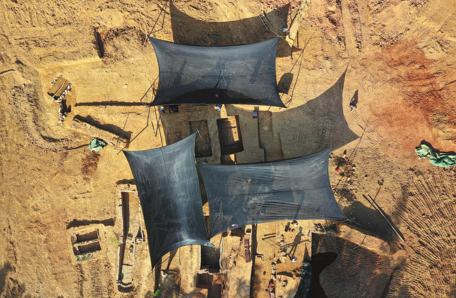
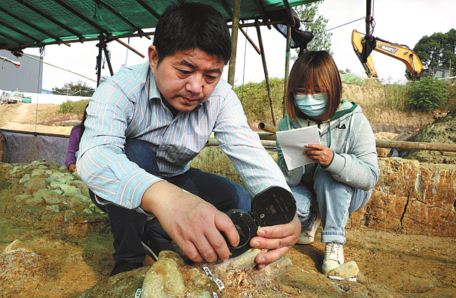
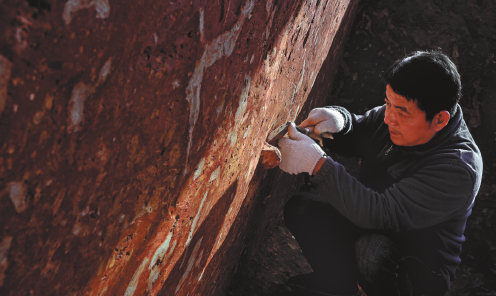
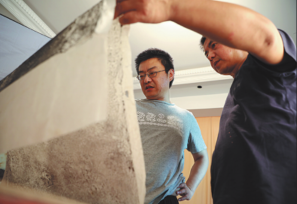
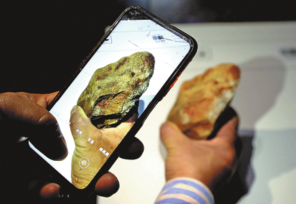
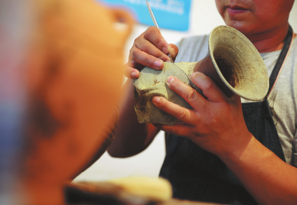
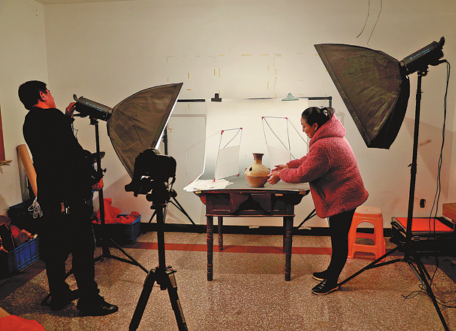
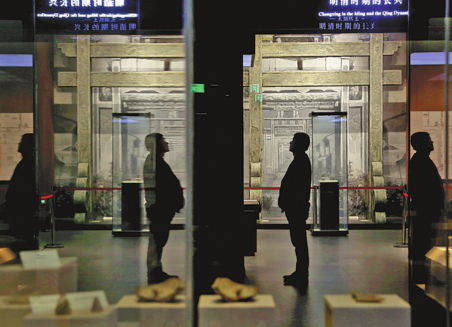
Today's Top News
- China's industrial profits down 1.8% in H1
- Thailand responds to Trump's ceasefire call
- Recall vote shows DPP's manipulation runs against Taiwan people's will: mainland spokesperson
- Top DPRK leader visits China-DPRK Friendship Tower
- China proposes global cooperation body on AI
- Scholars propose inclusive human rights framework






























